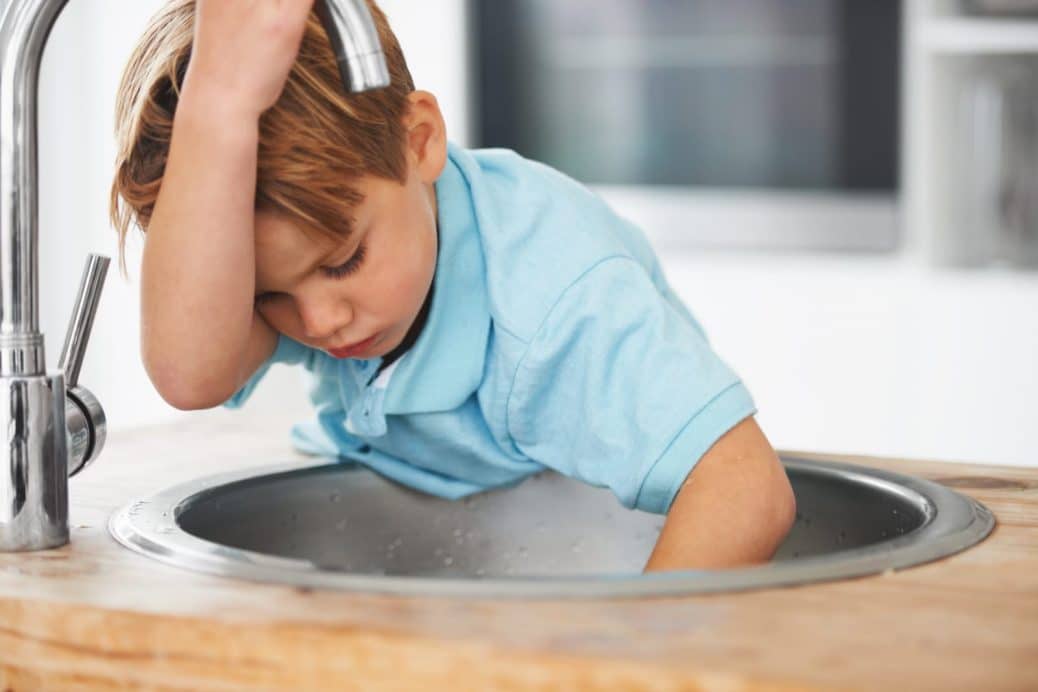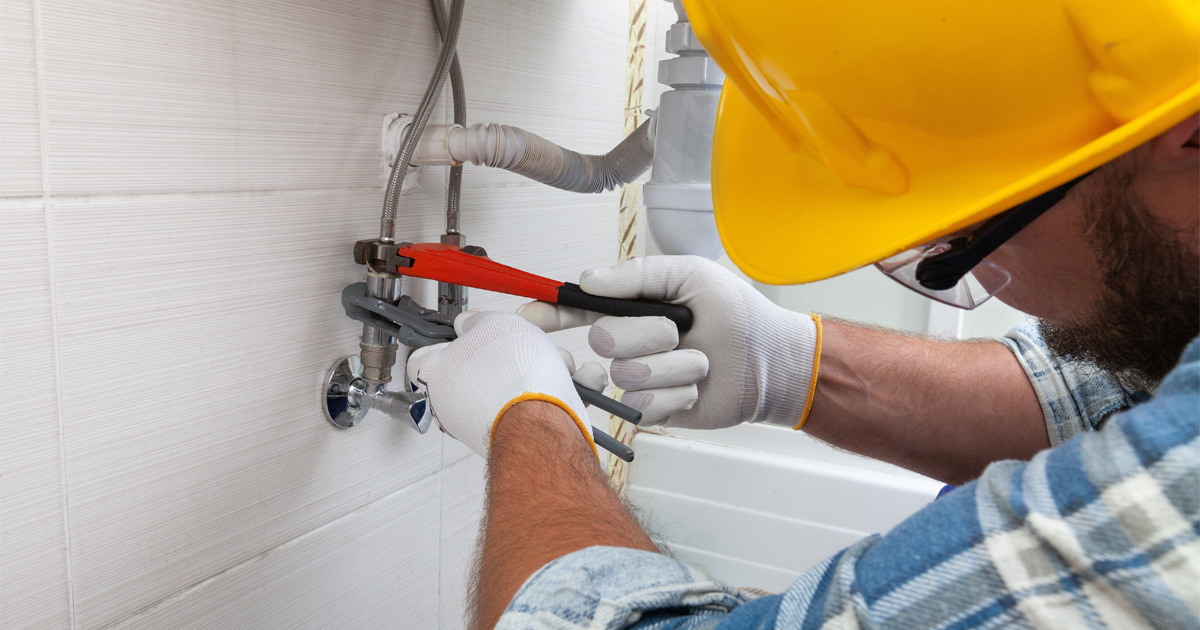How do you actually feel on the subject of What to Know About Plumbing: Basics, Tips, and Insights?

Plumbing is an important aspect of any kind of home, in charge of providing tidy water for alcohol consumption, cooking, and bathing, in addition to eliminating wastewater securely. Comprehending the basics of home plumbing is essential for every single home owner to guarantee proper upkeep, troubleshooting, and, if necessary, fixings. In this novice's guide, we'll cover the fundamental concepts of home plumbing to assist you become extra aware of exactly how it works.
Supply Of Water System
The water system brings tidy water into your home from a municipal water resource or a personal well. It consists of a major water line that links to your home's plumbing system, generally situated underground. A water meter determines the amount of water consumed, while a shut-off valve enables you to control the circulation of water right into your home.
Plumbing Fixtures
Plumbing components are devices that supply water to various parts of your home and consist of sinks, taps, toilets, showers, bath tubs, and devices such as dish washers and cleaning devices. Each component is attached to the water supply system by means of pipes and fittings and might have its shut-off shutoff for upkeep or emergencies.
Water Heater
The water heater is responsible for home heating water for domestic usage, including showering, food preparation, and cleaning. Typical types of hot water heater consist of tank-type water heaters, tankless (on-demand) hot water heater, and heatpump hot water heater. The water heater is connected to the supply of water system and delivers hot water to plumbing fixtures as needed.
Drain System
The drain system removes wastewater from your home and carries it away to a sewage treatment facility or septic tank. It contains a network of pipes, fittings, and components that transfer wastewater from plumbing fixtures to the major drain line or septic tank. Appropriate water drainage is necessary to protect against clogs, backups, and sewer leakages.
Ventilation System
The ventilation system helps preserve appropriate atmospheric pressure and avoid drain gases from entering your home. Vent pipelines, likewise referred to as air vent stacks, extend from plumbing components to the roofing system, enabling drain gases to run away safely outside. Ventilation pipes also permit air to enter the drainage system, promoting smooth wastewater flow and avoiding suction or vacuum results.
Typical Plumbing Tools
Having the right devices accessible is necessary for carrying out basic plumbing repairs and upkeep jobs. Usual plumbing devices consist of adjustable wrenches, pipe wrenches, pliers, pipe cutters, hacksaws, bettors, augers (or drainpipe snakes), and Teflon tape. Having these devices readily offered can aid you take on minor plumbing concerns effectively.
Basic Plumbing Fixings
While some plumbing repair work may call for expert assistance, lots of typical problems can be resolved with basic DIY methods. Understanding just how to take care of a leaking tap, unblock a drainpipe, change a commode flapper, or fix a trickling showerhead can conserve you time and money on plumbing repairs.
Conclusion
Recognizing the essentials of home plumbing is important for each home owner to preserve a safe, functional, and efficient plumbing system. By familiarizing yourself with the water system system, plumbing fixtures, water drainage system, ventilation system, typical plumbing devices, and standard repair services, you can with confidence address minor plumbing concerns and ensure your home's plumbing system operates efficiently.
Understanding Basics of Home Plumbing System: A Beginner's Guide
The Main Components of Your Home Plumbing System
The Water Supply System
This system is responsible for transporting fresh water into your home. It usually has a main water line that splits into two branches: one directed towards cold water services and the other connected to a water heater for hot water. The pressure is key here; it ensures water reaches all parts of your house.
The Drainage System
Once water has been used, it becomes wastewater that needs to be removed from your home. This is where the drainage system comes into play. It includes all the pipes that carry wastewater and sewage away from your house to sewage treatment facilities or septic tanks.
The Vent System
The vent system prevents sewer gases from entering your home and helps maintain the pressure balance that allows wastewater to flow out properly. These vents usually exit through the roof of your house.
Water Heating System
For those who enjoy hot showers or using hot water for cleaning, the water heater is a crucial part of the plumbing system. It can be a tankless system, which heats water on demand, or a traditional water tank model.
Common Plumbing Problems and Basic Troubleshooting
Plumbing systems, while designed to be durable, can face issues like clogged drains, leaky faucets, or low water pressure. Here are some basic troubleshooting tips:
Clogged Drains
Use a plunger or a plumber's snake to try and dislodge whatever is blocking the drain. Regular cleaning can prevent clogs.
Leaky Faucets
Often caused by worn-out washers or gaskets, these can usually be replaced by someone with basic DIY skills.
Low Water Pressure
This might be due to sediment build-up in your fixtures or a leak somewhere in your water line. Cleaning out aerators or seeking a professional to detect leaks might be necessary.
Preventive Maintenance Tips
Maintaining your plumbing system is key to avoiding emergencies. Regularly check for leaks, avoid disposing of grease down the sink, and have your system inspected by a professional plumber at least once a year.

I was shown that editorial about How Does the Plumbing Work in Your Home? from someone on a different domain. Enjoyed reading our blog posting? Please share it. Let someone else check it out. We take joy in reading our article about How Does the Plumbing Work in Your Home?.
See Availability